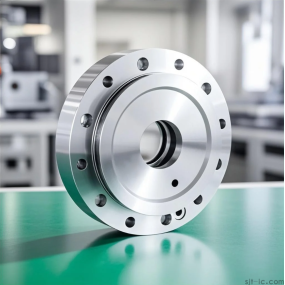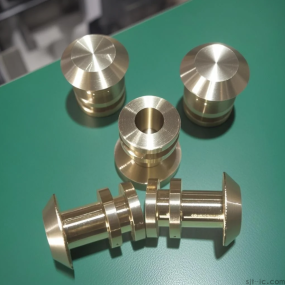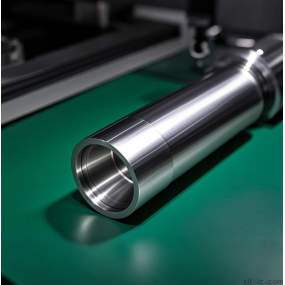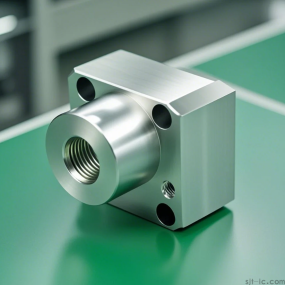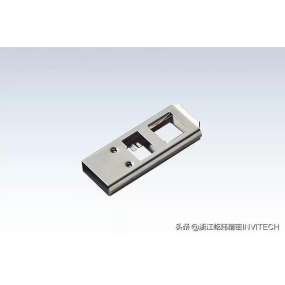Sheet Metal Processing products have received more and more attention in all walks of life. With the rich demand of people, there are more requirements for the quality and appearance of sheet metal processing products, which prompts the continuous progress of sheet metal processing technology. Is a professional sheet metal processing manufacturer, has in-depth research on sheet metal processing technology. The research on the processing technology of stretching in sheet metal processing is to control the fillet radius of the bottom and straight wall of the stretched part. From a standard point of view, the fillet radius of the bottom and straight wall of the stretched part should be greater than the thickness of the plate. Usually in the process of processing, in order to ensure the processing quality, the maximum fillet radius of the bottom and straight wall of the stretched part should be controlled below 8 times the thickness of the plate. The second is to control the fillet radius of the flange and side wall of the stretched part. The fillet radius of the flange and the side wall of the stretched part is similar to the fillet radius of the bottom and the straight wall. The maximum fillet radius control should be lower than 8 times the thickness of the plate, but the minimum fillet radius must be greater than 2 times the thickness of the plate. The third is the control of the diameter of the inner cavity when the stretched part is circular. When the stretched part is circular, in order to ensure the overall stretching quality of the stretched part, usually the control of the diameter of the inner cavity should ensure that the diameter of the inner cavity is circular diameter + 10 times the thickness of the plate. Only in this way can we ensure that there are no folds inside the circular stretched part. The fourth is the control of the adjacent fillet radius when the stretched part is rectangular. Research on the processing technology of sheet metal forming in sheet metal processing. During the sheet metal forming process, in order to achieve the required strength, reinforcement ribs are usually added to the sheet metal parts to improve the overall strength of the sheet metal. In addition, there will be many concave and convex surfaces in the sheet metal forming process. In order to ensure the processing quality of sheet metal, we must control the limit size of the convex spacing and convex spacing. The main selection basis should be carried out in accordance with the process standards. Finally, in the process of processing the flanging of sheet metal processing holes, we must focus on controlling the size of the processing thread and the flanging of the inner hole. To ensure these two sizes, the quality of the flanging of the sheet metal hole can be effectively controlled. Research on the processing technology of sheet metal welding in sheet metal processing. First, sheet metal welding should choose the quasi-welding method. In sheet metal welding, the main welding methods are as follows: arc welding, argon arc welding, electroslag welding, gas welding, plasma arc welding, fusion welding, pressure welding, brazing. We should choose the quasi-welding method according to the actual needs. Second, sheet metal welding should choose the welding method according to the material needs. In the welding process, when welding carbon steel, low alloy steel, stainless steel and non-ferrous alloys such as copper and aluminum below 3mm, the method of argon arc welding and gas welding should be selected to achieve.
Hello! Welcome to EMAR's website!
 English
English » »
» »
 Spanish
Spanish Arabic
Arabic French
French Portuguese
Portuguese Belarusian
Belarusian Japanese
Japanese Russian
Russian Malay
Malay Icelandic
Icelandic Bulgarian
Bulgarian Azerbaijani
Azerbaijani Estonian
Estonian Irish
Irish Polish
Polish Persian
Persian Boolean
Boolean Danish
Danish German
German Filipino
Filipino Finnish
Finnish Korean
Korean Dutch
Dutch Galician
Galician Catalan
Catalan Czech
Czech Croatian
Croatian Latin
Latin Latvian
Latvian Romanian
Romanian Maltese
Maltese Macedonian
Macedonian Norwegian
Norwegian Swedish
Swedish Serbian
Serbian Slovak
Slovak Slovenian
Slovenian Swahili
Swahili Thai
Thai Turkish
Turkish Welsh
Welsh Urdu
Urdu Ukrainian
Ukrainian Greek
Greek Hungarian
Hungarian Italian
Italian Yiddish
Yiddish Indonesian
Indonesian Vietnamese
Vietnamese Haitian Creole
Haitian Creole Spanish Basque
Spanish Basque


